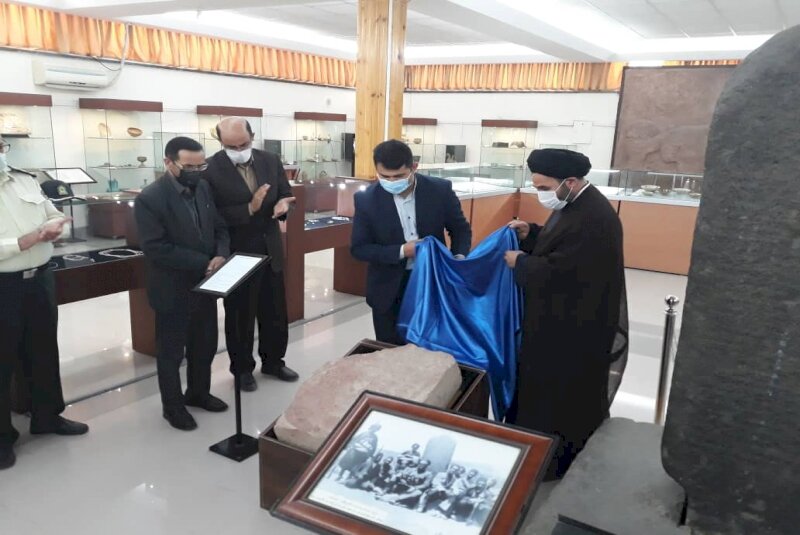Museum unveils Urartian inscription lately excavated in northwest Iran

TEHRAN – On Thursday, an Urartian inscription, which is estimated to date 3,000 years, was unveiled for a public show at Urmia Museum in northwest Iran.
Several local officials, archaeologists, and cultural heritage experts were attending the unveiling ceremony of the inscription lately discovered from the ruined Bastam citadel that is located in West Azarbaijan province, CHTN reported.
The citadel is situated in a village of the same name some 50 km north of the city of Khoy at an altitude of 1300 m above sea level.
The Urartu kingdom rose to power in the mid-9th century BC, but it went into a gradual decline and was eventually conquered by the Iranian Medes in the early 6th century BC. The Urartians were succeeded in the area in the 6th century BC by the Armenians.
Urartu, an ancient country of southwest Asia centered in the mountainous region southeast of the Black Sea and southwest of the Caspian Sea. Today the region is divided among Armenia, eastern Turkey, and northwestern Iran. As mentioned in Assyrian sources from the early 13th century BC, Urartu enjoyed considerable political power in the Middle East in the 9th and 8th centuries BC.
According to Encyclopedia Iranica, the territory of the ancient kingdom of Urartu extended over the modern frontiers of Turkey, Iran, Iraq, and the Republic of Armenia. Its center was the Armenian highland between Lake Van, Lake Urmia, and Lake Sevan. Urartian archeological finds in modern Iran including castles, settlements, water channels and other water constructions, rock chambers, rock graves, stelae, rock inscriptions, and building inscriptions.
AFM
Leave a Comment